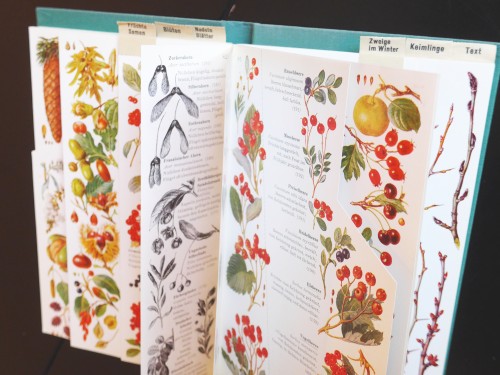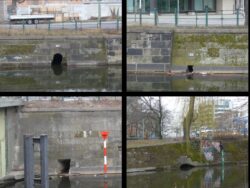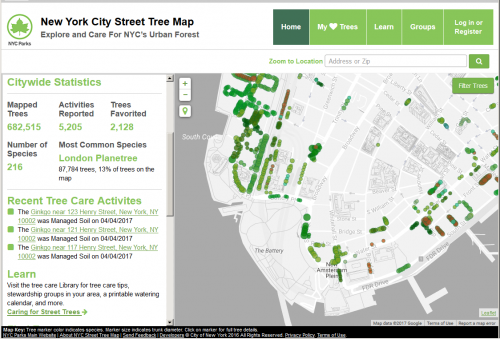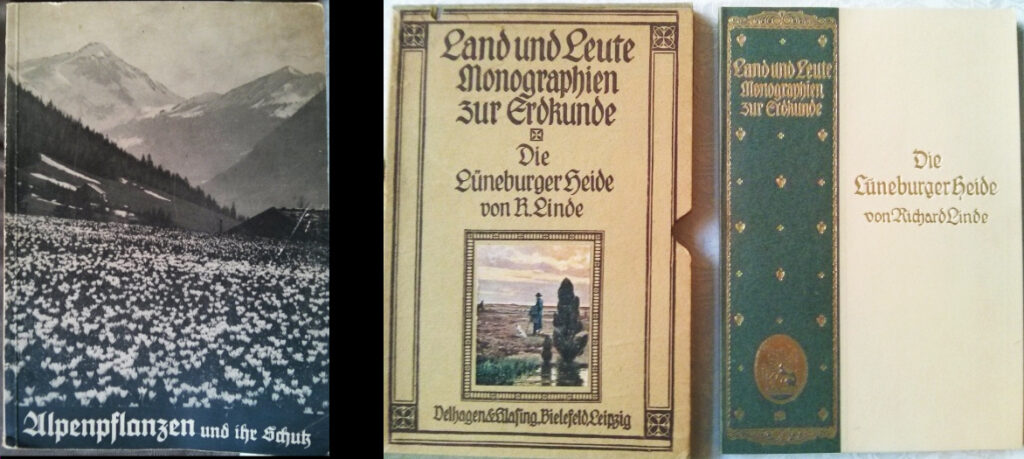
One symptom of our society’s decreasing connection with nature is that hardly anyone knows the names of plants any more. Until a few decades ago, significant portions of the population knew their local flora because people spent more time outside and had more contact with the natural world, and the subject was taught in schools. Today, plant identification and local flora have not only all but disappeared from schools but even from universities – even from botany departments. I have Masters in botany and a Ph.D. in ecology and received barely any training at all in field skills – it was pretty much all lab science. Birding is still widely popular of course, and is even attracting a newer, younger, urban generation of enthusiasts. But plant identification is having no such resurgence.
Plant identification is hard. There are 40 times more species of plants than birds in the world so the pool to be narrowed down is much larger. You’d think plants would be easier to identify than birds because they don’t move and you can get as close as you want to them, for as long as you want. Sadly, that’s not much help.
This post is about how botanists have tried to make plant identification easier and in the process created small masterpieces of information design. Continue reading “What plant is that? Ingenious efforts to make identification easier”




